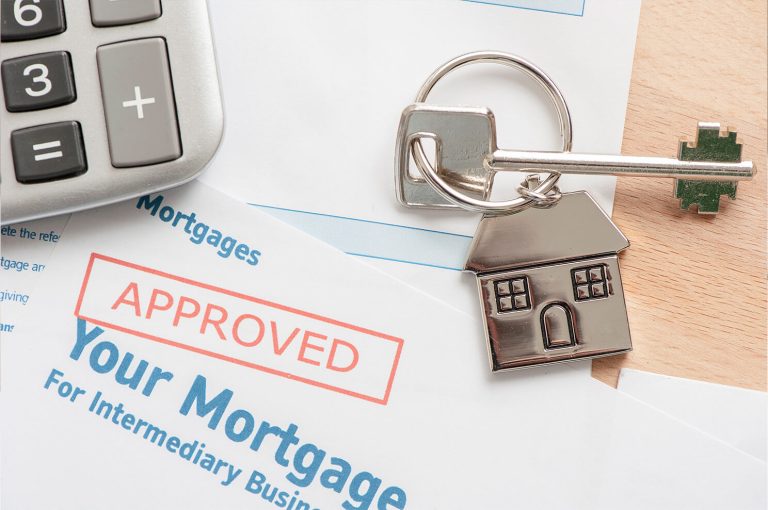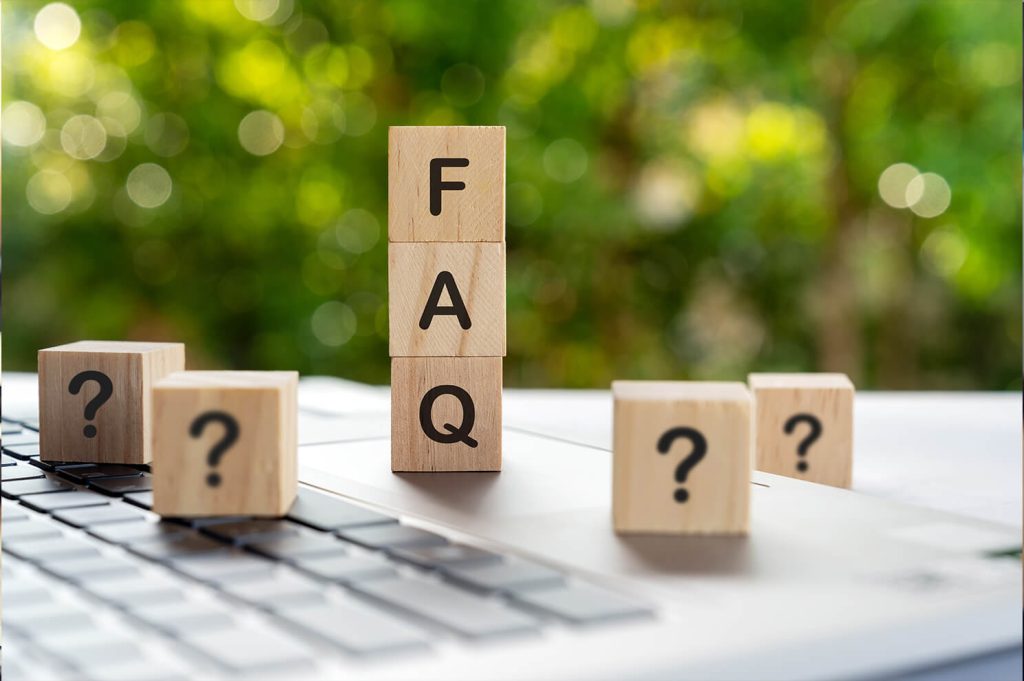Do You Want to Buy a Property ?
A Step-by-Step Guide to Property Purchase
Buying a property is a significant milestone, and navigating the process with confidence requires careful planning and understanding. This step-by-step guide is designed to simplify the property buying journey, helping you make informed decisions at every stage.

1. Define Your Goals and Budget:
Clearly outline your objectives for buying a property. Are you looking for a primary residence, an investment, or a vacation home?
Establish a realistic budget, considering your financial situation, potential mortgage, and associated costs.
2. Get Pre-Approved for a Mortgage:
Consult with a mortgage lender to determine how much you can borrow.
Obtain pre-approval to strengthen your negotiating position and streamline the buying process.


3. Engage a Real Estate Agent:
Hire a professional real estate agent with expertise in your desired location.
Leverage their knowledge to identify suitable properties, negotiate on your behalf, and guide you through the paperwork.
4. Identify Suitable Properties:
Work with your agent to create a list of must-have features and preferences.
Attend open houses, schedule private showings, and explore neighborhoods to find the right fit.


5. Conduct Due Diligence:
Investigate the property's history, including past sales, title records, and any potential issues.
Perform a home inspection to uncover hidden defects and ensure the property meets your standards.
6. Make an Offer:
With guidance from your agent, prepare a compelling yet reasonable offer.
Include contingencies, such as a home inspection and financing, to protect your interests.


7. Negotiate and Finalize Terms:
Engage in negotiations with the seller, addressing counteroffers and reaching mutually agreeable terms.
Review and understand the purchase agreement before signing.
8. Secure Financing:
Finalize your mortgage application, providing any additional documentation required by the lender.
Stay in close communication with your mortgage broker to ensure a smooth financing process.


9. Complete the Home Inspection:
Attend the home inspection and carefully review the inspector's findings.
Negotiate repairs or adjustments with the seller if necessary.
10. Obtain Home Insurance:
Shop for and secure homeowners insurance coverage for your new property.
Provide proof of insurance to your lender before closing.


11. Final Walk-Through:
Conduct a final walk-through to ensure the property is in the agreed-upon condition.
Confirm that any negotiated repairs have been completed.
12. Closing:
Attend the closing meeting with your agent, the seller, and a closing agent or attorney.
Review and sign all necessary documents, including the deed and mortgage paperwork.


13. Take Possession:
Celebrate the completion of the process as you receive the keys to your new property.
Begin the exciting journey of making your new house a home.
FAQs
The initial step is to define your goals and budget. Determine your purpose for buying (e.g., primary residence, investment), and establish a realistic budget considering your financial situation, potential mortgage, and associated costs.
A: Getting pre-approved for a mortgage provides a clear understanding of your borrowing capacity. It strengthens your negotiating position and streamlines the buying process by demonstrating to sellers that you are a serious and qualified buyer.
A real estate agent brings expertise in the local market, assists in property search, negotiates on your behalf, and guides you through the paperwork. Their knowledge streamlines the process and ensures you make informed decisions.
Consider your must-have features, preferences, and location preferences. Work closely with your agent to create a list and attend open houses, private showings, and explore neighborhoods to find the right fit.

